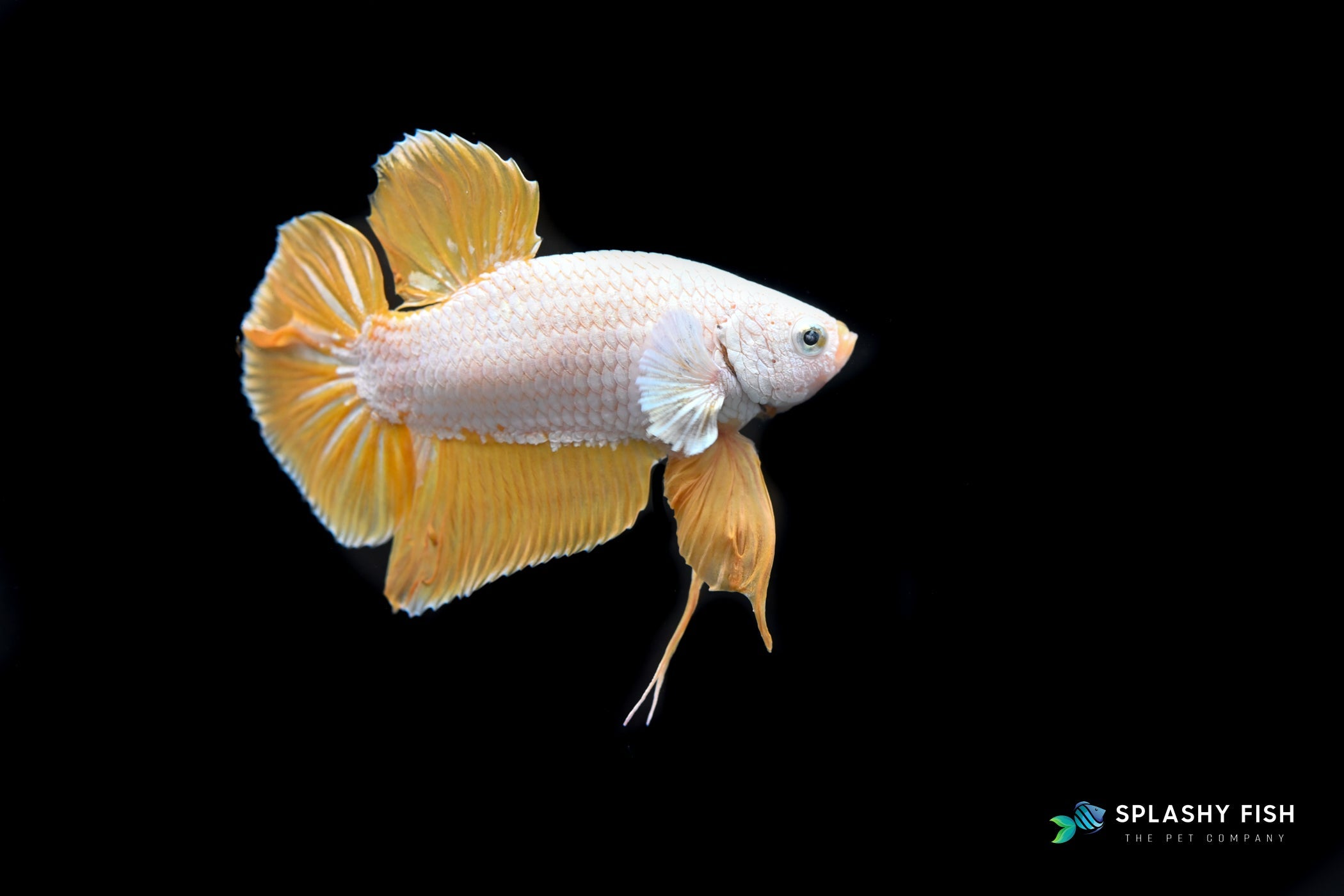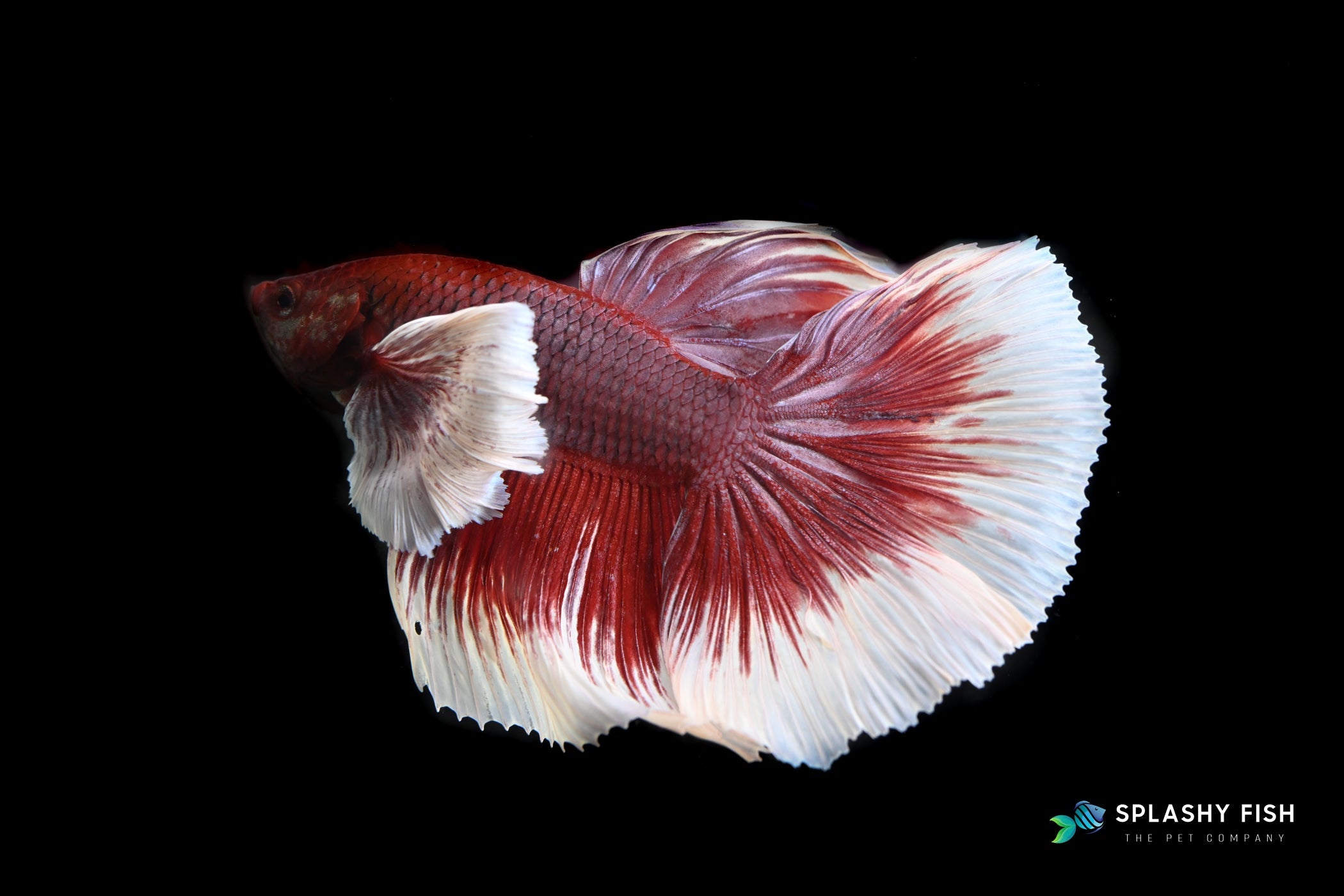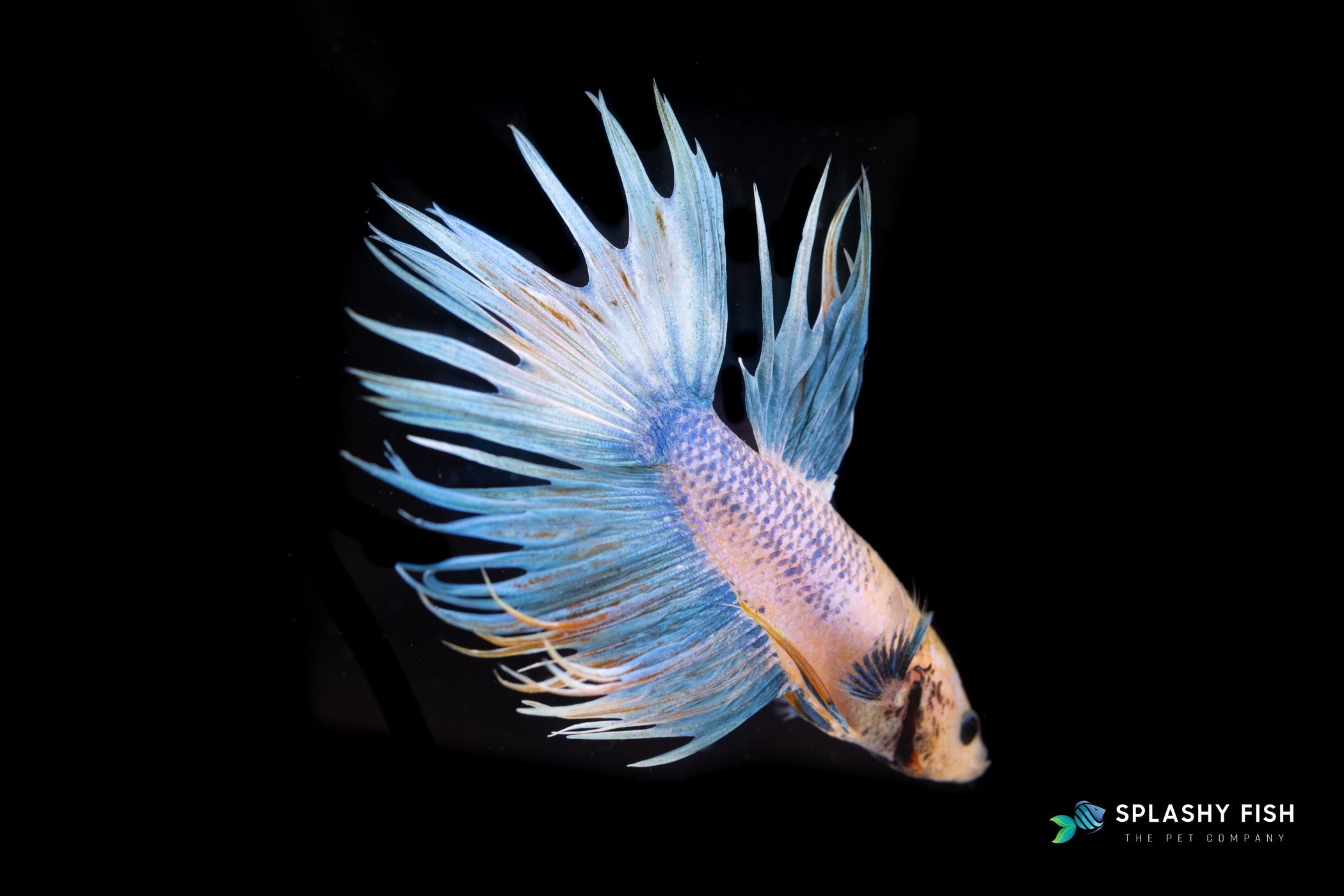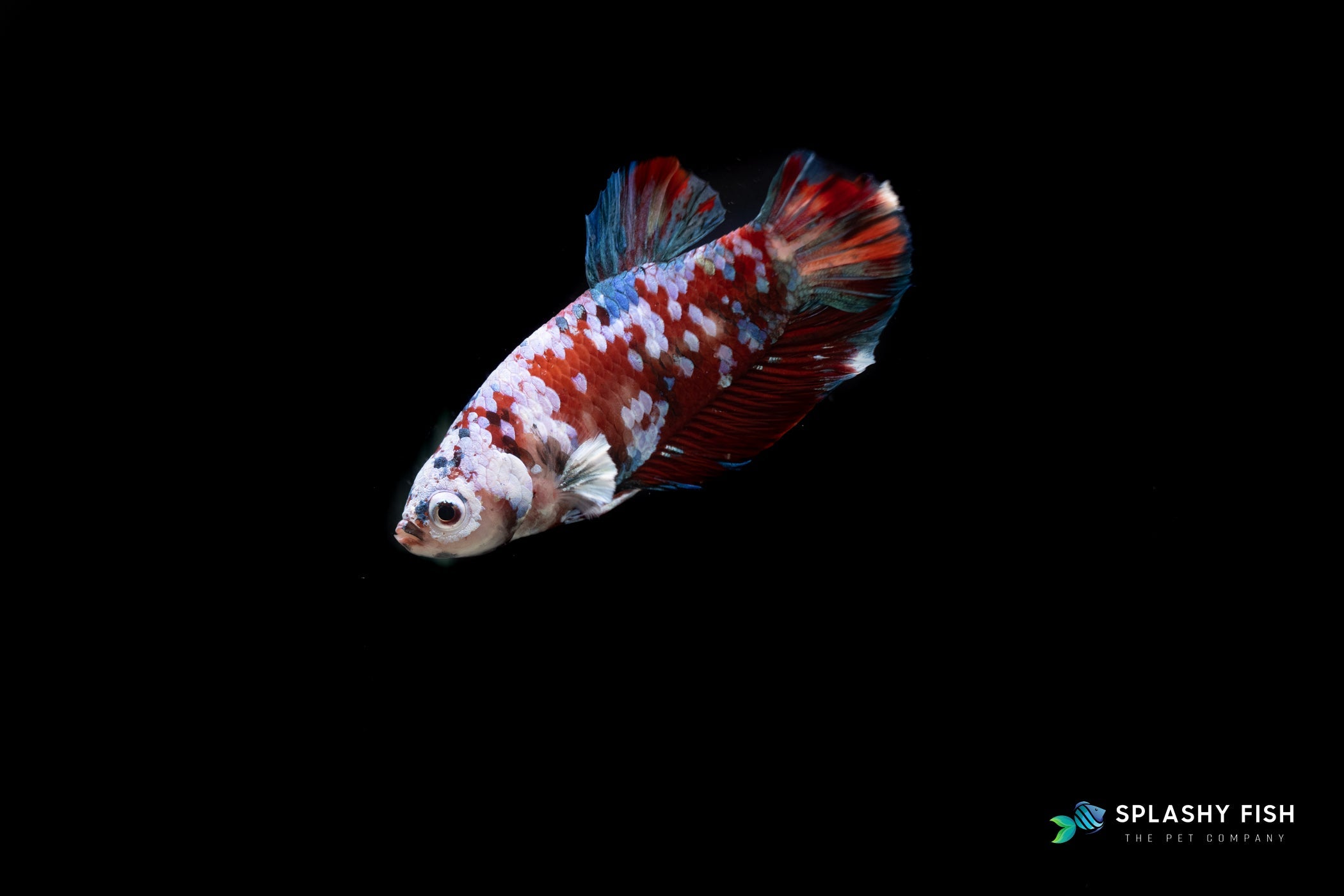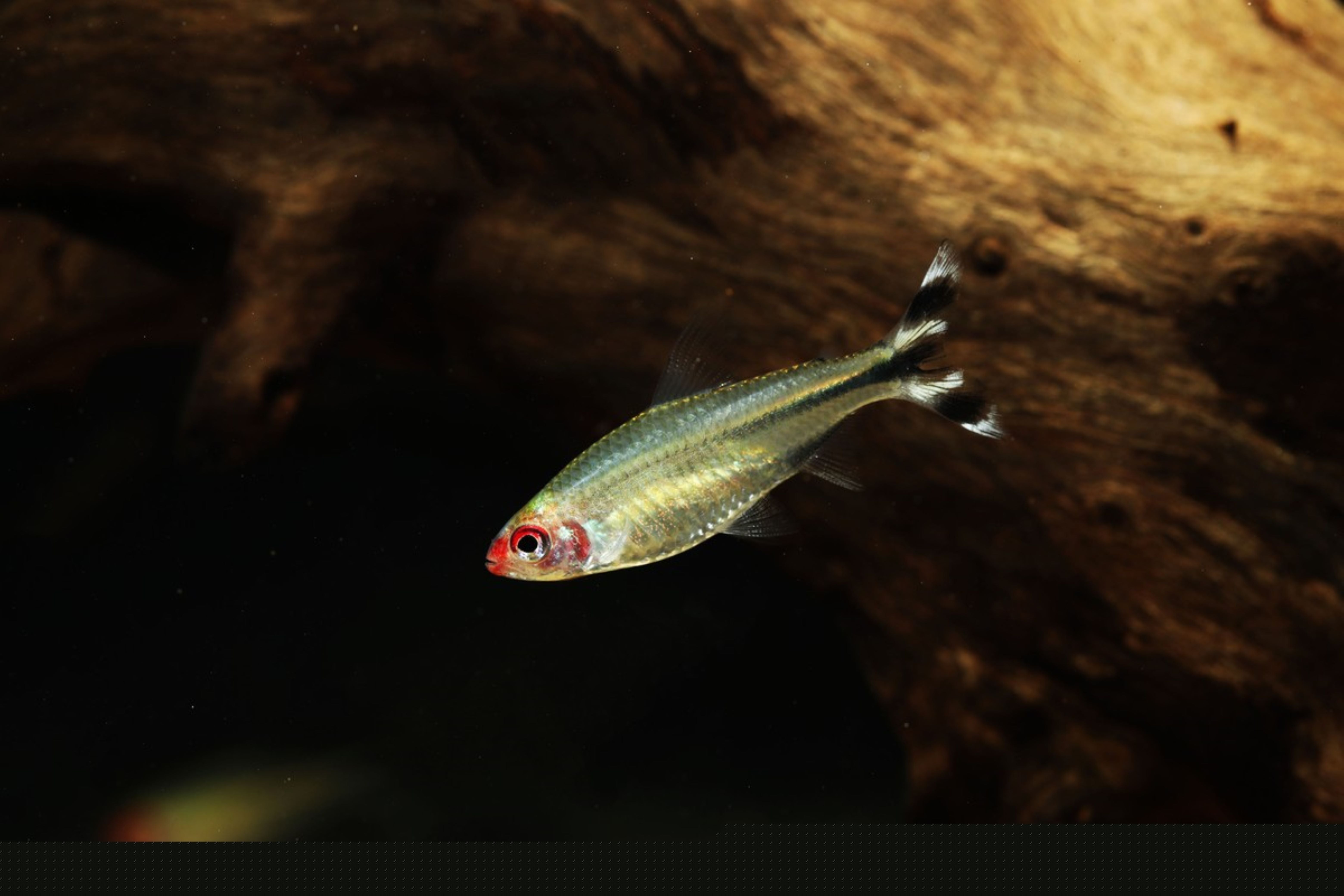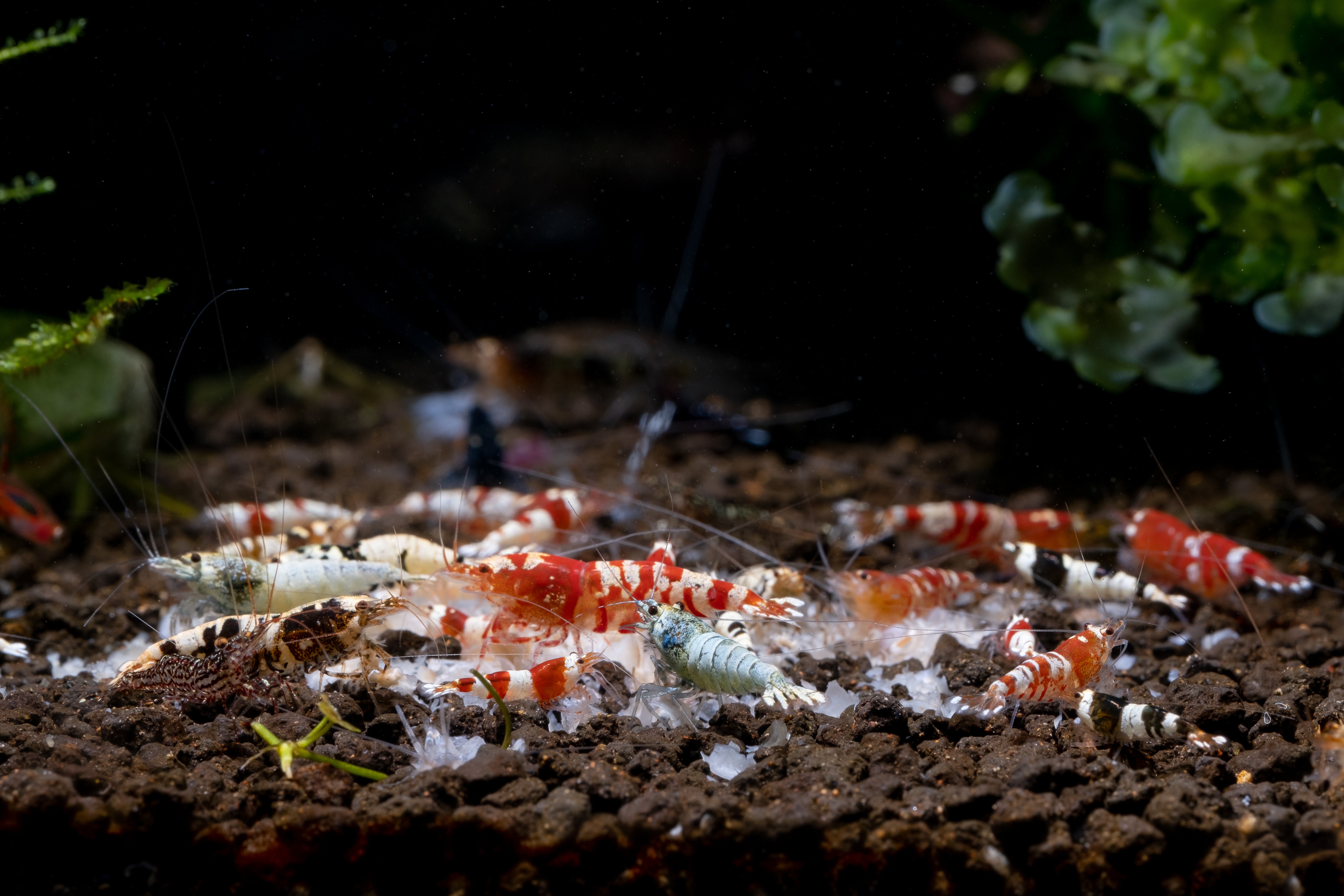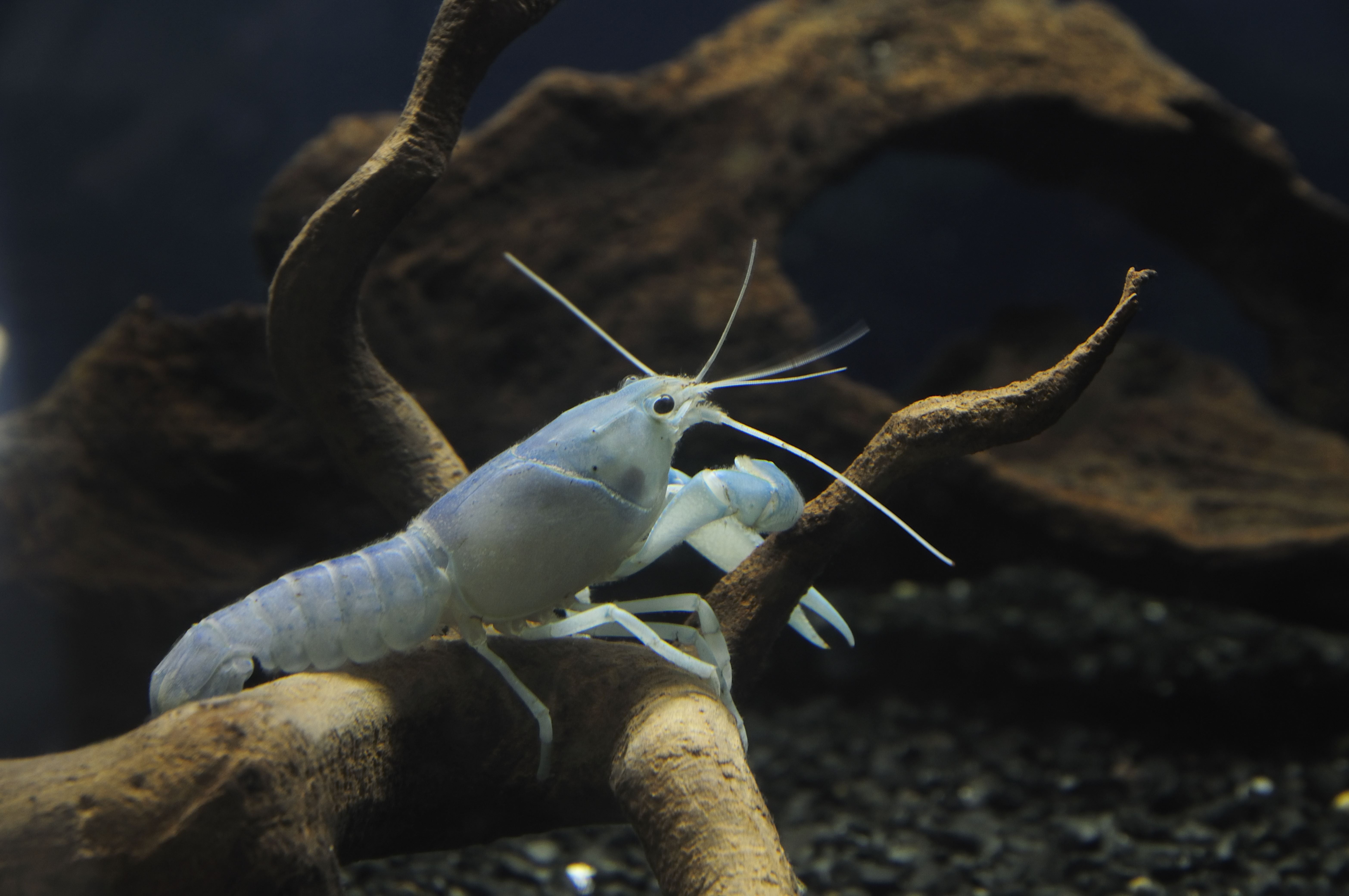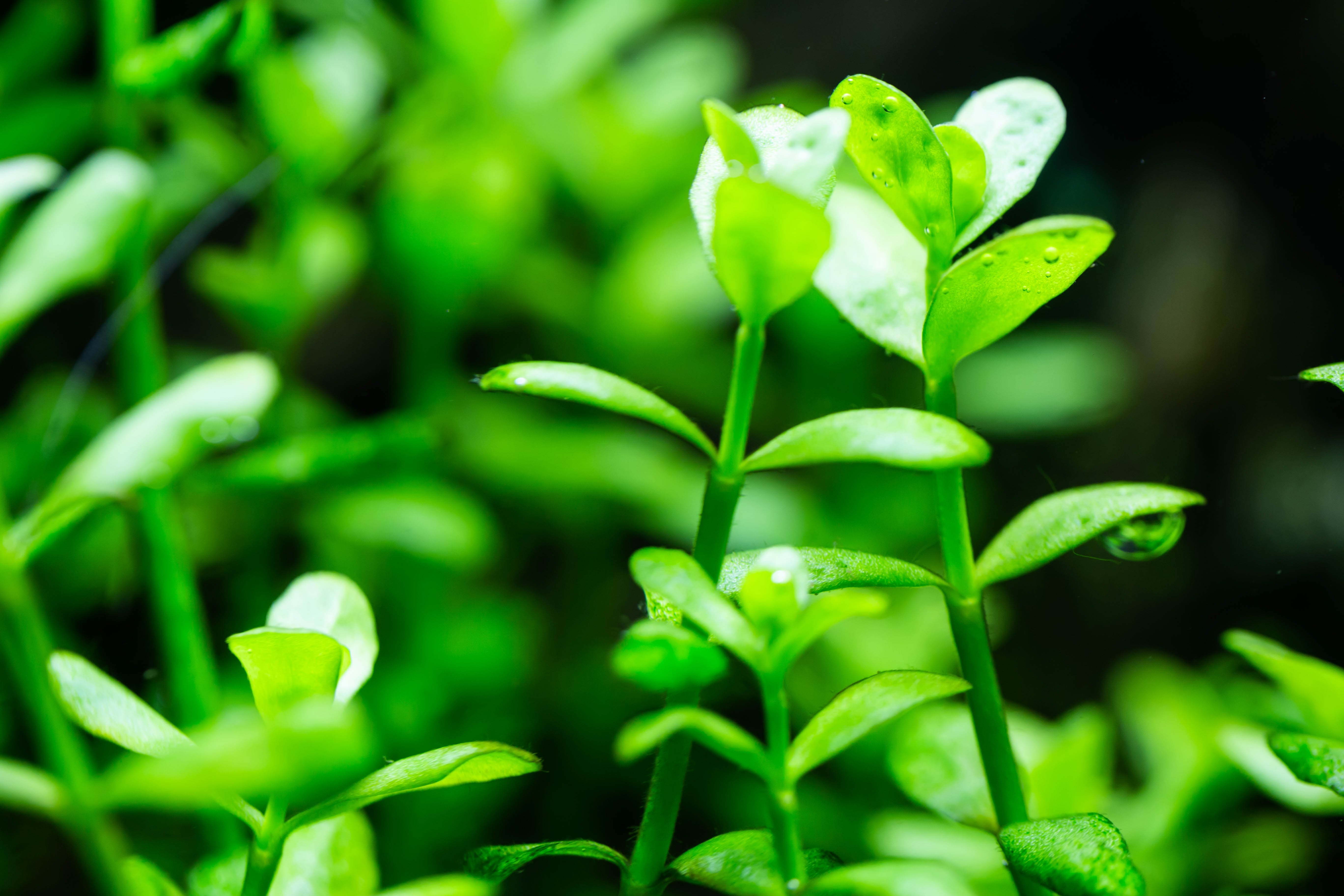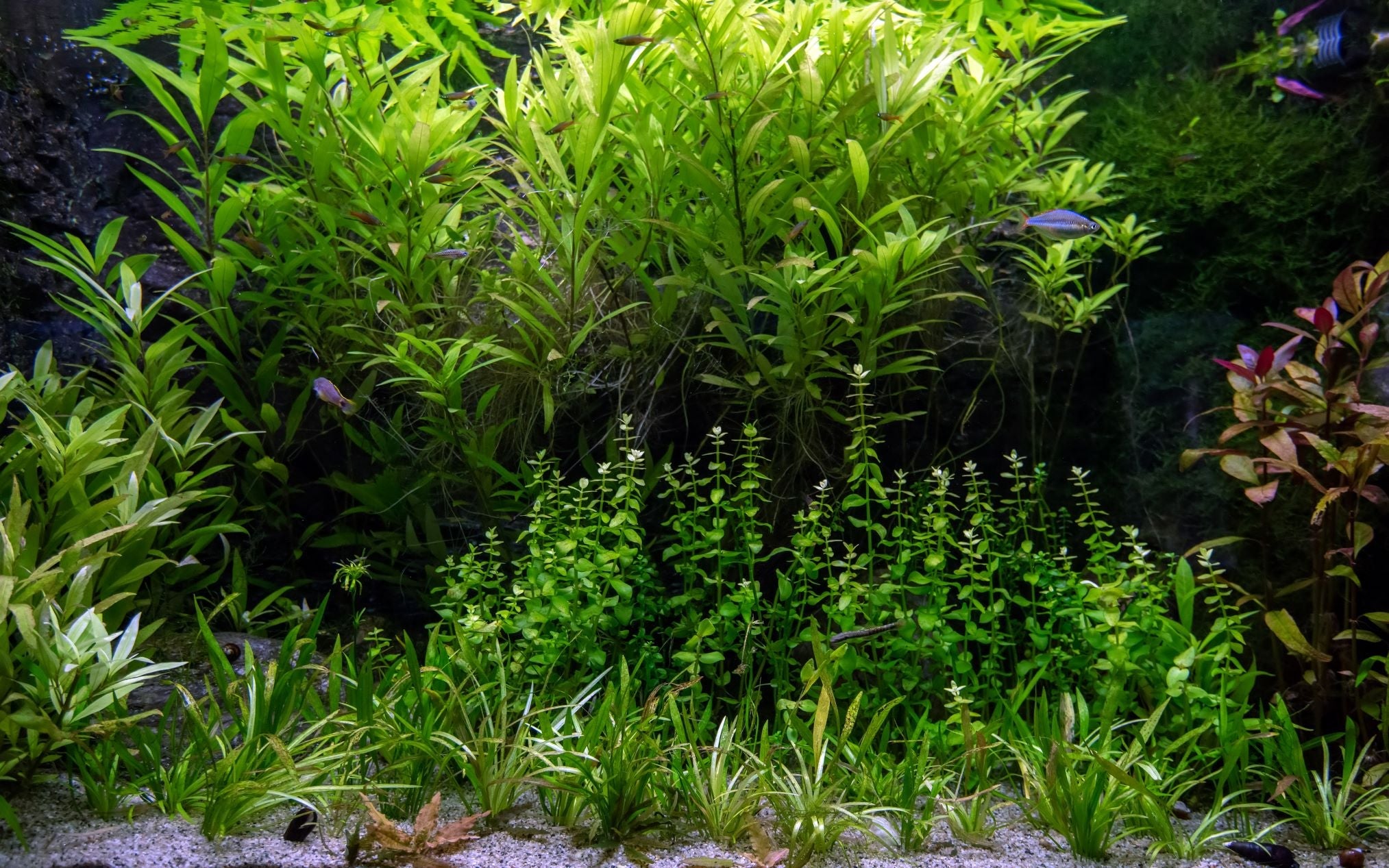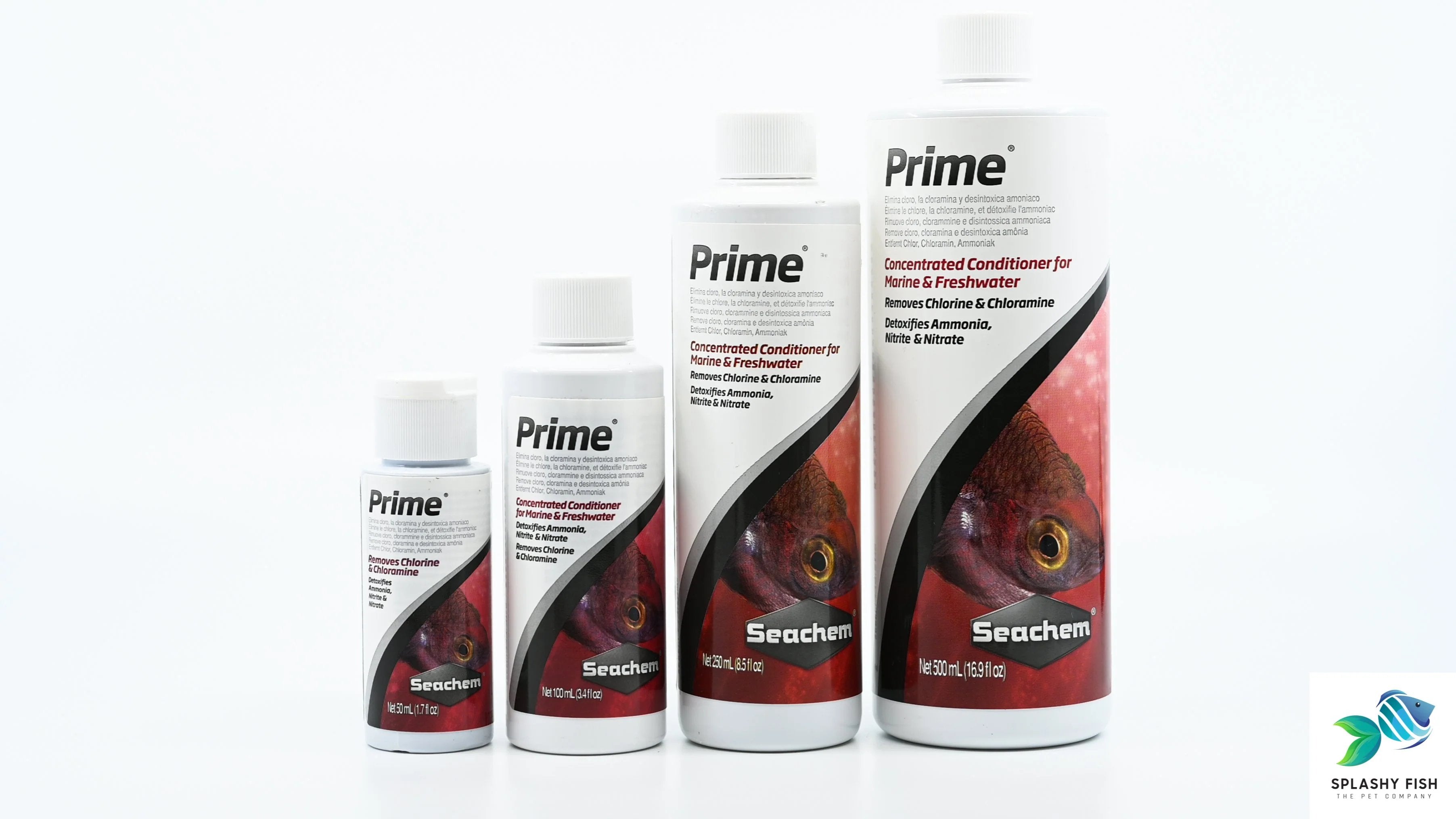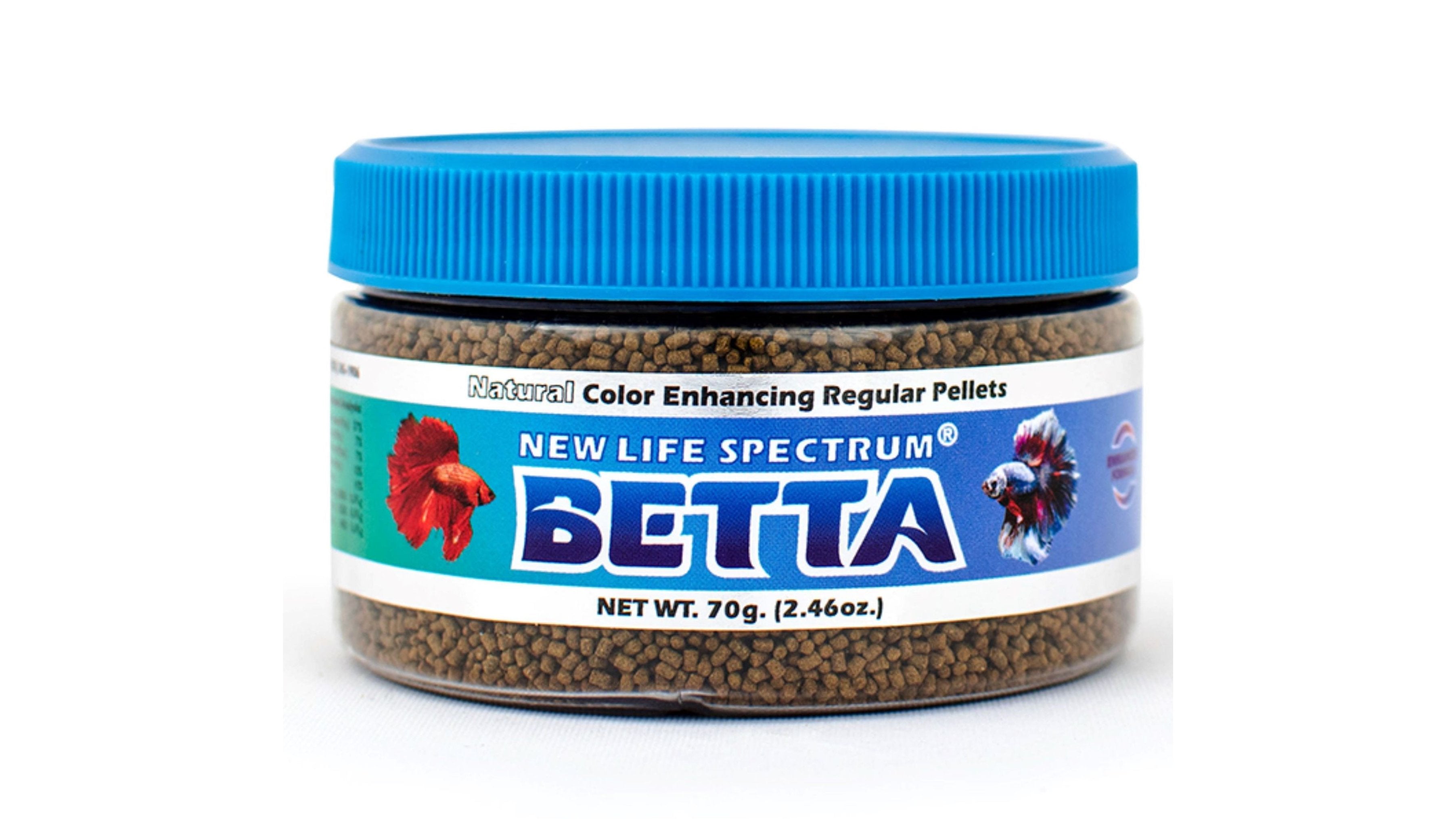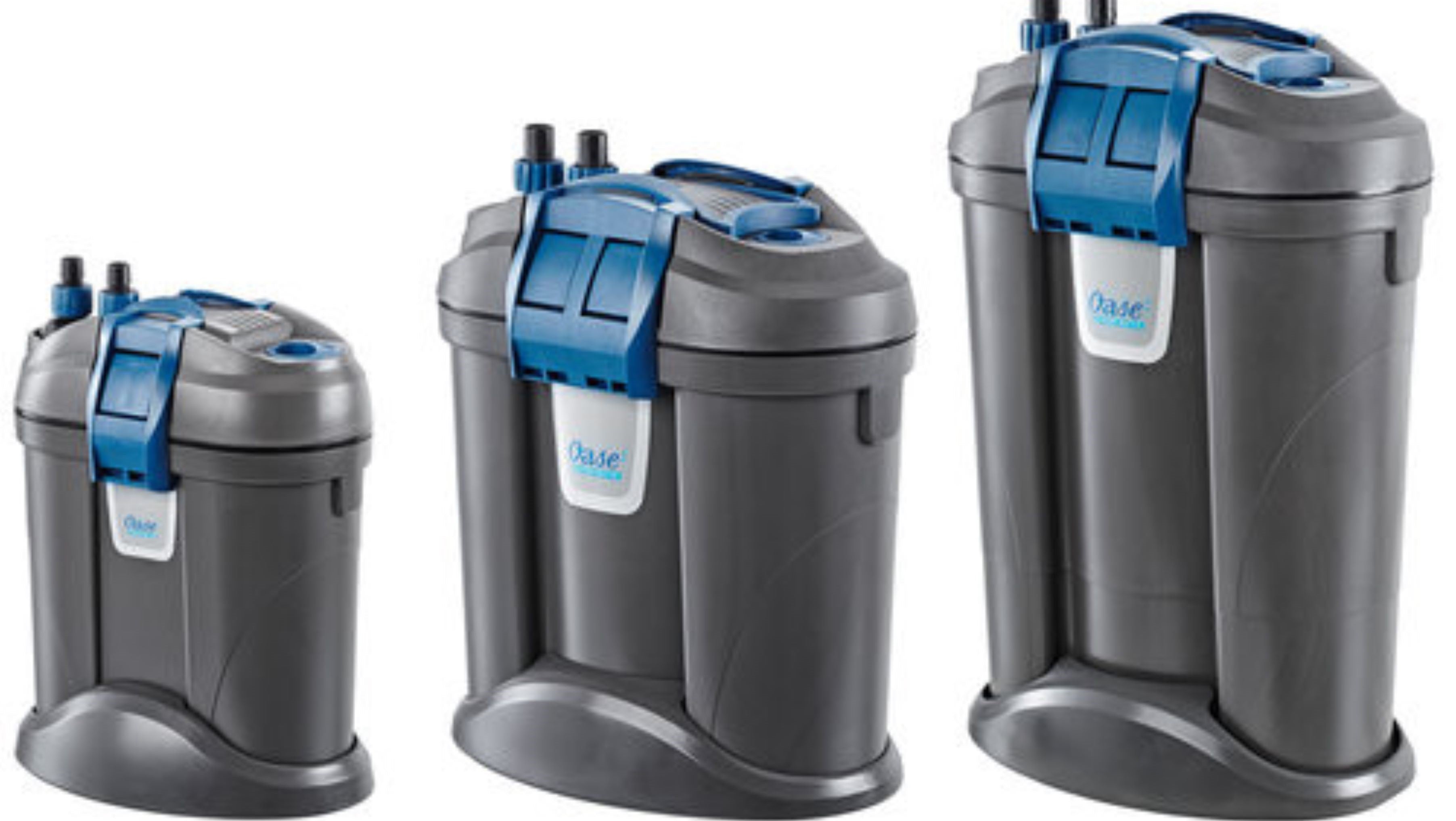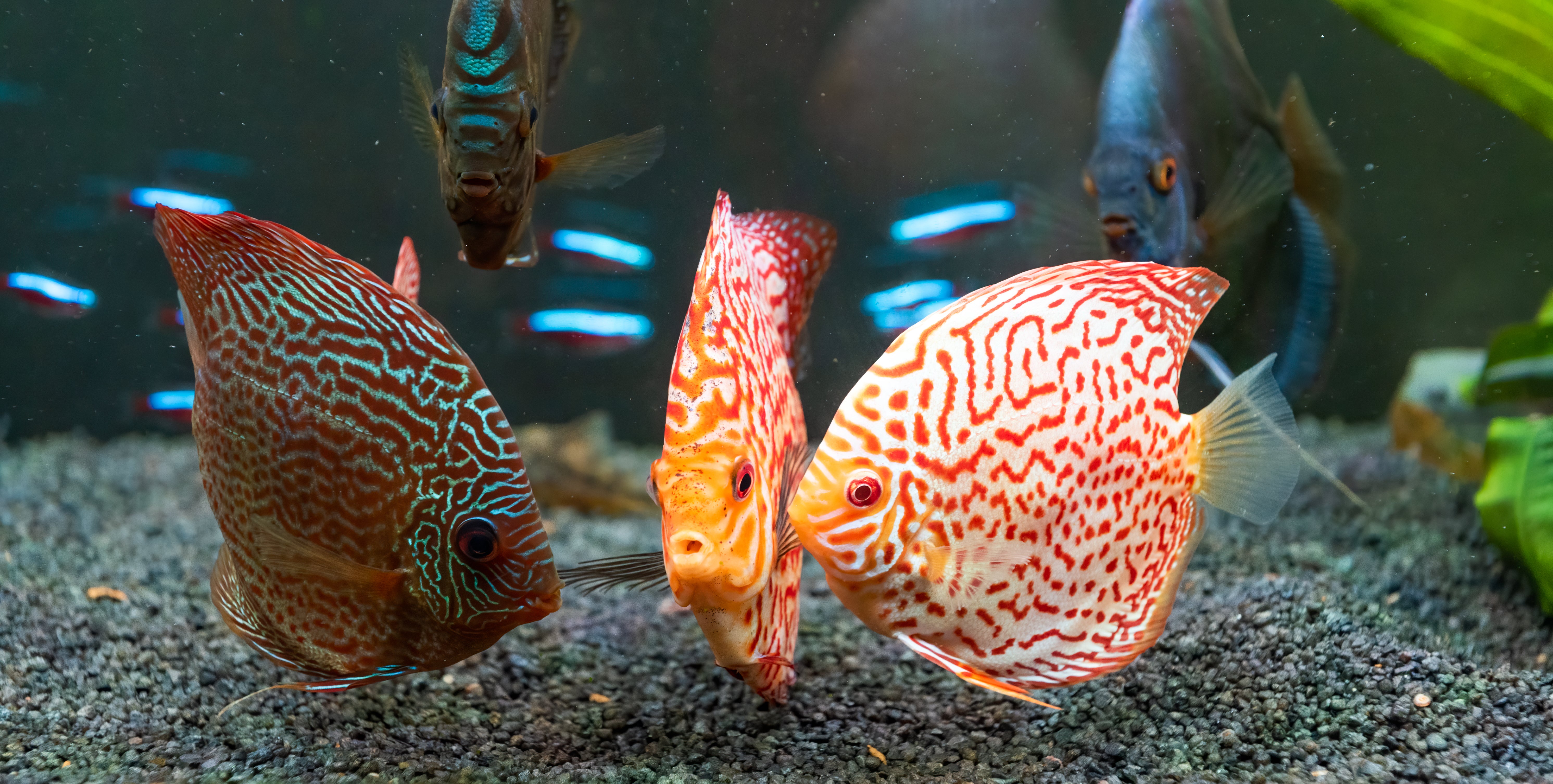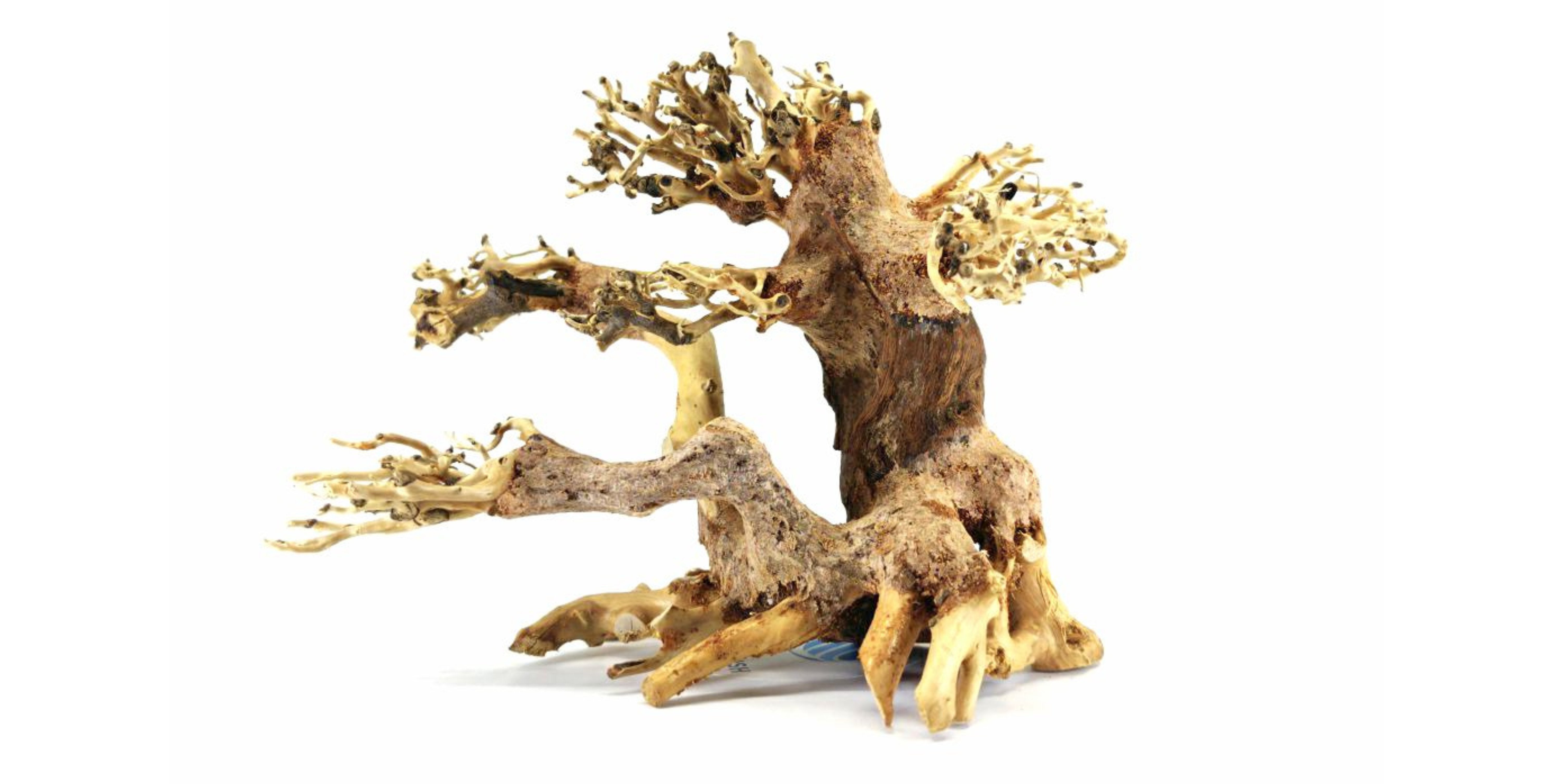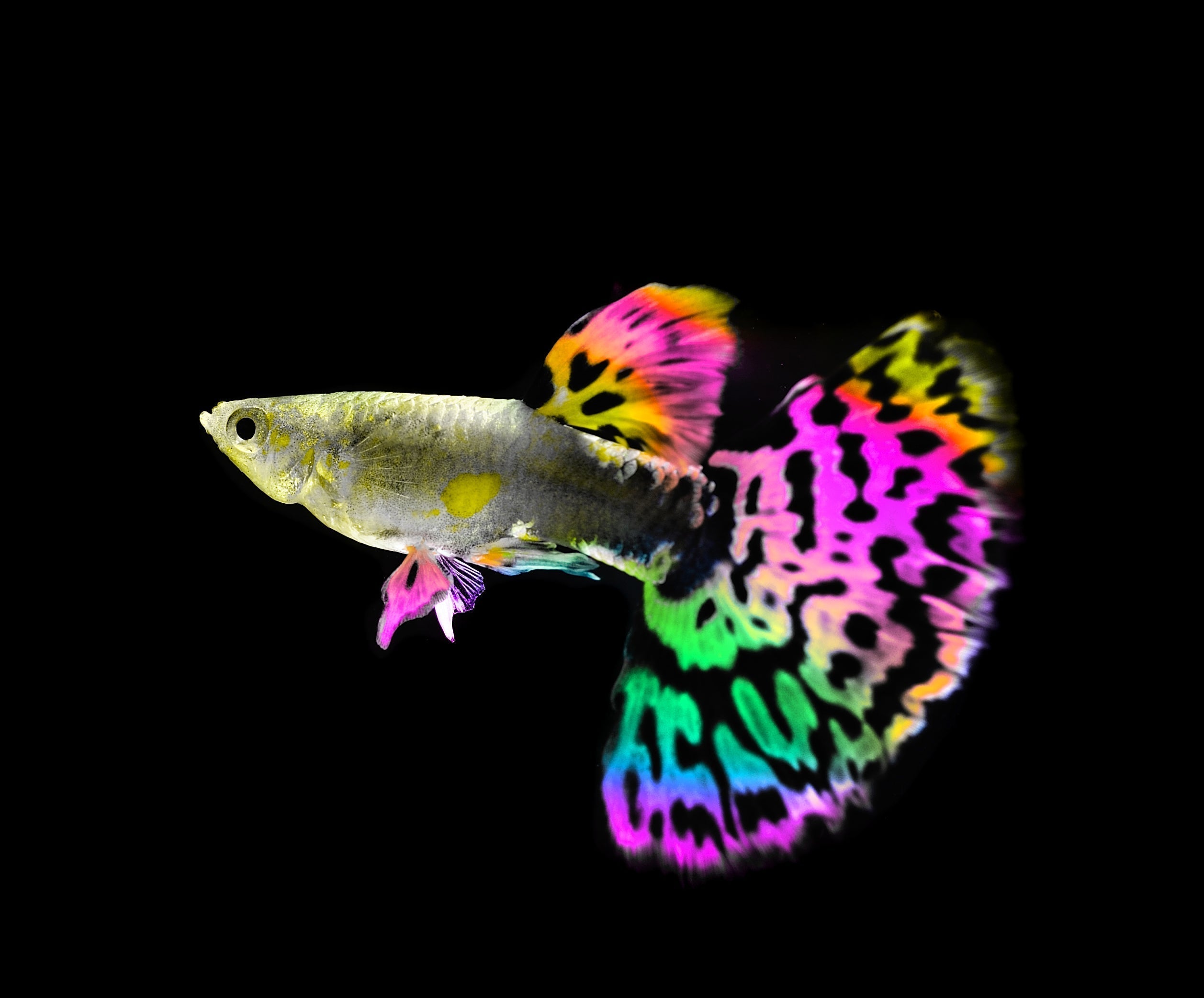Table of Contents
Guppy fish, or Fancy Guppy (Poecilia reticulata) are beloved for their ease of care, diverse variety, and stunning, vibrant colors. They're excellent choices for novices and seasoned aquarists alike, adding visual interest, movement, and life to any freshwater aquarium. To ensure your guppies thrive, it's essential to create an environment that caters to their specific needs and preferences. Fortunately, setting up the perfect guppy tank is rewarding, enjoyable, and simpler than you might think.
In our comprehensive guide, "Creating the Perfect Guppy Tank Setup: A Step-by-Step Guide," we'll share expert advice and practical tips on developing a guppy-friendly environment that will promote the health and well-being of your guppy fish. Splashy Fish, your trusted provider of high-quality freshwater fish, shrimp, aquatic plants, and premium fish food, is here to assist you along your journey, ensuring that your aquatic friends receive the care, attention, and support they deserve.
1. Choose the Right Aquarium Size
The first step in setting up the perfect guppy fish tank is determining the appropriate aquarium tank size for your guppies. While guppies fish are small, active fish, they require adequate space to swim and flourish. A general recommendation is to allow at least 2 gallons of water per guppy fish. For example, if you plan to keep five guppies such as blue tarzan guppy, koi guppy, opt for a 10-gallon tank or larger. Investing in a larger tank from the start provides room for growth and the possibility of adding more guppies in the future.

2. Select a Suitable Location
Choosing the right location for your guppy fish tank is essential to maintain stable water temperature and create a stress-free environment. Position your aquarium away from direct sunlight to prevent temperature fluctuations and excessive algae growth. Similarly, keep the tank away from vents, doors, or windows that might cause sudden temperature changes or drafts. A stable surface in a low-traffic area will help provide a peaceful, serene setting for your guppy.
3. Provide Proper Filtration and Water Circulation
Effective filtration and water circulation are vital components of a thriving guppy fish tank. A gentle yet efficient filtration system such as sponge filter will help maintain optimal water quality by removing waste particles, uneaten food, and harmful chemicals, while also providing necessary water movement. Utilize a sponge, internal, or hang-on-back filter with adjustable flow rates to accommodate the needs of your guppies. Clean or replace filter media regularly to ensure the optimal performance of the filtration system.
4. Regulate Temperature and Lighting
Guppy fish are tropical fish and require a stable, warm water temperature to thrive. A heater with a built-in thermostat is necessary to maintain water temperatures between 74-82°F (23-28°C), which is ideal for guppy fish. Place an aquarium thermometer opposite the heater to monitor temperature accurately and ensure the consistent warmth these fish require.
Also, implement a consistent lighting schedule for your guppies with 10-12 hours of light per day. Use LED lights or aquarium-specific fluorescent tubes for an energy-efficient and effective lighting source, promoting guppy fish coloration and facilitating live aquatic plant growth.
5. Establish a Nature-Inspired Aquascape
Creating a visually appealing and naturalistic aquascape is crucial to ensure guppies' happiness and well-being. Guppy fish appreciate a mix of open swimming areas and dense plant cover, as it mimics their native habitat. Incorporate live aquatic plants like Java moss, Vallisneria, Anubias, and other guppy-friendly species to create hiding spots, territories, and spawning sites. These can also improve water quality by utilizing excess nutrients and providing oxygen to the water.
Incorporate aquarium decorations like driftwood, rocks, and caves that resemble their natural habitat, adding additional hiding spots and visual interest. However, avoid overcrowding your tank to ensure guppies have ample space to swim and interact.
6. Ensure Proper Water Quality
Before introducing guppy fish to their new home, it's necessary to create a stable, balanced environment. Properly cycle the tank to establish colonies of beneficial bacteria that help to break down harmful waste products, like ammonia and nitrites. Use reliable water test kit to test ammonia, nitrite, nitrate, pH, and water hardness levels routinely, and perform regular water changes to maintain optimal water quality for your guppy fish.
7. Choose Compatible Tankmates
Guppy fish are peaceful, community freshwater fish and thrive when housed with compatible tankmates. Other non-aggressive, small tropical fish species that prefer similar water parameters are good choices. Examples of suitable tankmates include Mollies, Platies, Tetras, and peaceful bottom dwellers like Corydoras catfish. Research potential tankmates carefully to avoid introducing aggressive or incompatible species that may prey on or stress your guppies.
8. Offer Balanced, Nutritious Fish Food
To maintain the health and vibrancy of your guppy fish, provide a varied, nutrient-rich diet that caters to their omnivorous nature. High-quality flake or pellet food containing essential vitamins and minerals should form the foundation of their diet. Additionally, supplement with live or frozen foods like brine shrimp, daphnia, and bloodworms, as these provide essential nutrients and encourage natural foraging behavior.
Enrich Your Home with the Perfect Guppy Tank Setup
Armed with the knowledge and guidance provided in our step-by-step guide, you are now well-prepared to create the perfect guppy tank setup that will ensure the health and happiness of your aquatic friends. As you embark on your aquarium journey, you'll see firsthand how guppy fish bring joy, beauty, and vibrant life to your living space with their dazzling colors and playful personalities.
Splashy Fish is here to support you every step of the way, providing the highest quality guppy fish for sale, freshwater shrimp for sale, aquatic plants for sale, and premium fish food to ensure your guppy tank is a resounding success. Explore our guppy fish collection, and let us help you build the aquatic paradise of your dreams. Embrace the rewarding experience of fishkeeping, and let your imagination guide you as you dive into the enchanting world of guppy fish!
Guppy Tank Frequently Asked Questions (FAQs)
How can I clean my Guppy tank?
Cleaning a guppy tank is essential to maintain water quality and keep your fish healthy. To clean your tank, perform a 20-30% water change weekly to remove toxins and maintain stable water parameters. Use a gravel vacuum to clean the substrate and remove uneaten food or fish waste. For algae buildup, gently scrub the tank walls using an aquarium-safe sponge. The filter should be cleaned regularly by rinsing the sponge or media in old tank water (never tap water) to preserve beneficial bacteria. Additionally, test water parameters frequently to ensure ammonia and nitrite levels remain at 0 ppm, while nitrates stay below 20 ppm. Keeping the water temperature stable between 74-82°F (23-28°C) also prevents stress in guppies. By following these steps, you can keep your guppy tank clean, reduce harmful toxins, and create a healthy environment for your fish.
Why do my Guppy stay in the top of the tank?
If your guppies are constantly staying at the top of the tank, it could be a sign of low oxygen levels, poor water quality, or stress. Low oxygen levels often cause guppies to gasp for air near the surface, which can be fixed by adding an air pump or increasing surface agitation using a sponge filter or air stone. Poor water quality, such as high ammonia, nitrites, or nitrates, can also force guppies to stay at the top. Regularly testing the water and performing weekly partial water changes can prevent this issue. Temperature fluctuations can also impact guppies, as they thrive in warm water between 74-82°F (23-28°C). If the water is too cold, they may become inactive, while high temperatures reduce oxygen levels. Another possible cause is swim bladder disorder, which can occur due to overfeeding or constipation. If your guppy is struggling to swim properly, consider fasting them for 24 hours or feeding a small piece of a blanched pea to aid digestion. Identifying the root cause of this behavior can help restore your guppies to their natural, active state.
Which live plants should I keep in Guppy tank?
Live plants not only enhance the look of a guppy tank but also improve water quality, reduce stress, and provide hiding spots for fish and fry. Some of the best live plants for guppy tanks include Java Moss For Sale, Anubias, Amazon Sword, Hornwort, and Water Sprite. Java Moss is a low-maintenance plant that provides excellent cover for guppy fry, making it ideal for breeding tanks. Anubias is a hardy, slow-growing plant that thrives in low light and requires minimal care. Amazon Sword is a great choice for larger tanks, offering broad leaves that serve as hiding spots for guppies. Hornwort helps absorb excess nutrients, preventing algae growth and improving water clarity. Water Sprite is another excellent plant that can be used as a floating plant, creating shaded areas and reducing stress for guppies. Keeping live plants in your guppy tank improves oxygen levels, stabilizes the environment, and helps create a more natural and healthy habitat for your fish.


